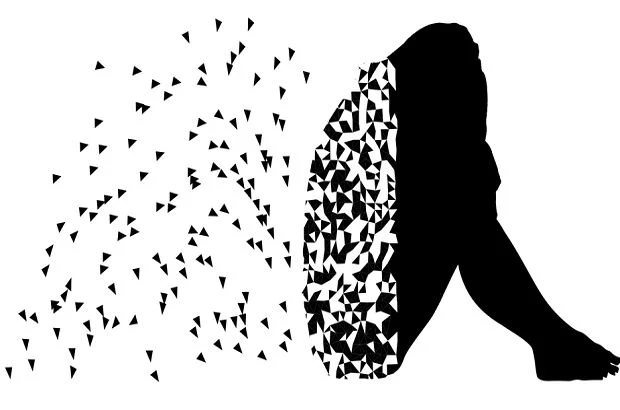According to
the research report published by the American Psychological Association, the
percentage of young Americans experiencing certain types of psychiatric
disorders and mental health-related illnesses has increased significantly over
the past decade.
 |
| Mental health problems have increased in young adults |
Why mental health issues have increased significantly in
young adults?
Mental Health Issues Have Increased among
Young Americans
The new
research report published by the American Psychological Association
suggests that the percentage of young Americans experiencing some types of
psychological disorders and mental health illnesses has increased significantly
in the past decade, in which there is no increase in older adults.
The shift may
be due in part to rising of digital media. In the USA, many young adults
and adolescents experienced serious psychiatric disorders, major
depression, anxiety, suicidal thoughts, and more attempted suicide in the late
2010s, versus the mid-2000s.
Cultural
trends may have had a larger effect on suicide-related outcomes and mood disorders
such as bipolar disorder or mood swings among younger generations in
the last 10 years compared with older generations.
These trends
are non-existent or weak among adults 26 years and older, suggesting
a generational shift in mental disorders instead of an overall increase across
all ages.
The rate of
people reporting symptoms with major depression in the last 12 months, increased
52% in adolescents between 2005 and 2017 and 63% in young adults aged 18 to 25
between 2009 to 2017.
In young
adults, the serious psychological crisis had also increased by 71
percent in the last 30 days of 2008 to 2017.
The rate of
young adults with suicidal thoughts or other suicidal consequences increased by
47 percent from 2008 to 2017.
There was no
significant increase in the percentage of older adults facing depression or
psychological crisis during this time period.
Researchers
also saw a slight decline in psychological crisis in more than 65 people.
It is given
that the rise in mental health issues was the fastest since 2011; it is unlikely
to be due to the genetic or economic crisis and is likely to be due to cultural
changes, such as how adolescents and young adults spend their time outside
of school or work.
These
outcomes suggest the need for more research to understand how face-to-face
social interactions versus digital communication affect mental health
illnesses, mood disorders, and suicidal related consequences and to develop
special interventions for younger groups.
Young adults
cannot change their genetics or the country economic condition but
they can choose how they spend their spare time.
First and foremost is enough sleep. Make sure
the use of your device does not interfere with your sleep - do not have a phone
or tablet in the bedroom at night, and put the equipment down within an hour of
sleeping time.
Overall,
make sure that the use of digital media does not interfere with activities such
as face-to-face social interaction, sleep, and physical exercise.
Read the full article at ScienceDaily
Journal Reference:
Journal of Abnormal Psychology, 2019; Age, period, and cohort trends in mood disorder indicators and
suicide-related outcomes in a nationally representative dataset,
2005–2017. By Jean M. Twenge, Thomas E. Joiner, Mary
E. Duffy, A. Bell Cooper, Sarah G. Binau. DOI: 10.1037/abn0000410
Story
Source:
ScienceDaily, 15 March 2019. "Mental health issues
increased significantly in young adults over the last decade: Shift may be due in
part to rise of digital media, study suggests".
Link<www.sciencedaily.com/releases/2019/03/190315110908.htm>.
Tags
clinical psychology
health
mental health
mental health issues
psychological disorders
psychology
research report
